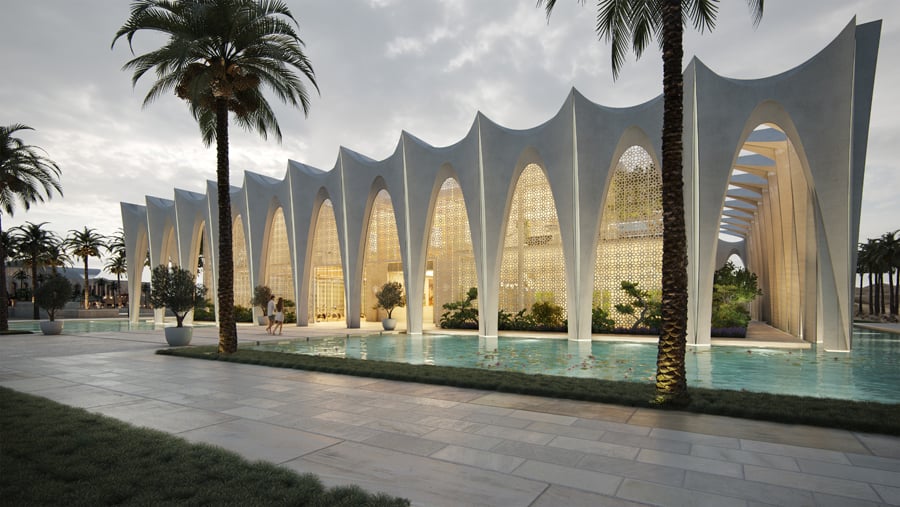
January 31, 2020
“Authenticity”: Boon or Buzzword?
During a recent Think Tank discussion hosted at Perkins and Will Miami, a panel of hospitality experts weigh in on so-called authentic experiences.

People travel more than ever, and authenticity of experience ranks high among their expectations for travel. But therein lies a contradiction—how can travelers partake in tourism without eroding the very “authentic” conditions that make up a place or destination? At what point do the scales tip in favor of visitors rather than locals?
Such questions were top of mind for a Think Tank panel hosted at Perkins and Will’s office in Coral Gables, Florida, this past November. The conversation began with a discussion of authenticity’s analogue in architecture—the movement that came to be called critical regionalism. Malcolm Berg, president, founder, and design director of EoA Group, pointed to the banalization of the concept within hospitality, which has the effect of putting increasingly savvy travelers—e.g., millennials—on their guard. “People know authenticity when they see it,” Berg said. “You can’t really fool them.”
Elina Cardet, associate principal and interior design director at Perkins and Will Miami, defended the term against these and other objections raised by the panelists. She highlighted the close relationship between authenticity and experience, and how the latter is very much embedded in the former. Experience, she suggested, is a choreographed occurrence—the product of hundreds of design considerations working in parallel with local cultural factors.

Cardet also turned the conversation toward brand awareness and longevity. Hector L. Oliva, vice president of design and project management for Marriott International’s Caribbean and Latin American division, offered insights into managing the hotel giant’s locations in that region. Oliva singled out the Sheraton brand, which Marriott acquired in 2016 and is dedicated to revamping. For those who were raised or lived in a Latin American capital, Oliva said, “the Sheraton was a meeting place, not just for visitors but also for locals.” Here was a case in which hospitality and local context were mutually reinforcing, where, Cardet noted, “a brand brings values to the surrounding community.”
In this way, hospitality brands may have a leg up on outliers like Airbnb. Berg and Jorey Shoshanna Friedman, principal and vice president of SB Architects, identified hotel lounges and restaurants as neighborhood anchors—places for people to meet, dine, and even work. Designers expend a lot of effort on making these spaces feel both vibrant and welcoming, Friedman noted. Everyone, it seems, wants to feel embedded in a place. Seen in that light, we are all tourists.
The Think Tank discussions were held on November 13 and 14, 2019, in Miami. The conversations were presented in partnership with DXV/GROHE and TUUCI.












